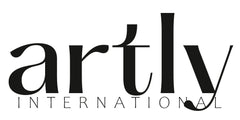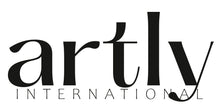The Art Market: Part I

The art market refers to the buying and selling of artworks, including paintings, sculptures, photographs, installations, and other forms of artistic expression. It operates as a complex and global marketplace where collectors, investors, galleries, museums, auction houses, and artists interact to determine the value and distribution of artworks.
Key Players in the Art Market:
Artists:
They create artworks and play a crucial role in shaping the market through their creativity, reputation, and innovation.
Collectors:
Individuals or institutions who acquire artworks for personal enjoyment, investment, or both. Collectors often influence market trends and prices through their preferences and buying power.
Galleries:
Commercial art spaces in traditional brick-and-mortar locations, as well as online based spaces that represent artists and showcase their works. Galleries serve as intermediaries between artists and collectors, promoting and selling artworks on behalf of artists. Blue chip galleries such as Gagosian and Pace have several locations world-wide and typically have a long-standing history in the art market. They are known for their expertise, professionalism, and connections within the art industry. Blue chip galleries as well as entry and mid-level galleries significantly influence the art market.
Auction Houses:
Organizations that facilitate the buying and selling of artworks through auctions. Auctions often generate significant attention and record-breaking sales, particularly for high-profile artworks.
Art Fairs:
Typically organized by a central entity and take place at a large venue where multiple regional and international artists and galleries can show and sell artworks directly to collectors, institutions, and art enthusiasts. Art fairs provide networking opportunities for artists, galleries, curators, collectors, and other art professionals from around the world as well as facilitate trend spotting and market insights. One of the largest art fairs is Art Basel Miami Beach, held annually at the Miami Beach convention center. Nearly 100,000 people are in attendance and more than 250 individual gallery spaces are displayed.
Dealers:
Art dealers buy and sell artworks directly, either independently or on behalf of collectors or institutions. They play a crucial role in the secondary market by facilitating private sales.
Art Advisors:
Assist private and corporate collectors in art acquisitions including sourcing the artwork and negotiating a price. Advisors may also help refine and restructure a collection, manage a collection, and help secure funding if investment pieces are being acquired.
Museums:
Institutions that collect, preserve, and exhibit artworks for public viewing and education. Museums can acquire artworks through purchases or donations and often play a role in establishing an artist's reputation.
It's important to note that the art market comprises a primary and secondary level and can be subject to speculation, market manipulation, and counterfeit artworks. The primary market involves sale of primarily new artworks directly from the artist or their representing gallery. The secondary market involves the resale of artworks previously sold. Notable auction houses such as Sotheby's and Christie's play a significant role in the secondary market by facilitating high-profile art auctions.
Art valuation is a complex process, involving factors beyond the aesthetic value of an artwork. Additionally, the art market can be influenced by subjective factors, personal taste, and changing cultural and societal norms. Factors such as the artist's reputation, the artwork's historical significance, rarity, condition, and demand among collectors can significantly impact an artwork's value and price in the art market.
Like many markets, the art market can be highly dynamic and subject to fluctuations. It is influenced by various factors, including economic conditions, art market trends, cultural and social factors, art world events, and the perception of an artist's work. Additionally, the globalization of the art market has expanded its reach to international buyers and sellers, resulting in a more interconnected and diverse art market.





发表评论